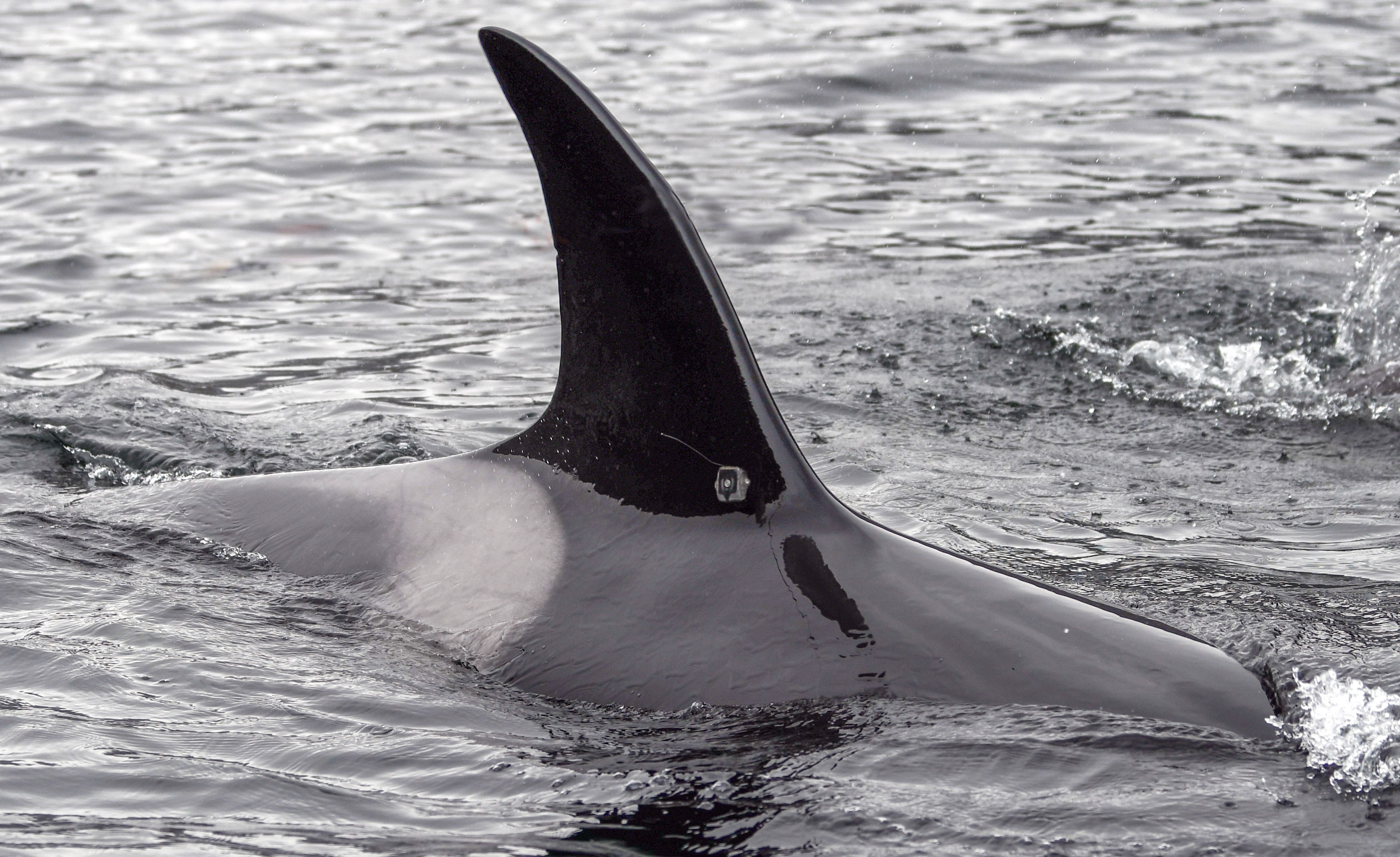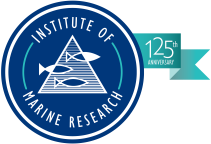WP 4: Movement, connectivity and ecosystem impact of top predators across habitats and seascapes
Harbour seal (Phoca vitulina) tagged with a GPS phone tag in Færder National Park, Norway. In MARHAB, we are studying the movements of this species in the Skagerrak, their habitat use and how it overlapps with human activities. This information is important for the conservation of the species and their habitats. Photo: Carla Freitas/Institute of Marine Research.
What role do top predators play in maintaining habitats and their functions? Large fish, both large individuals and large species, are both targeted in fisheries and play an important role in the habitats they live in. They are at the top of the food web and affect both the species below them and the habitat through what we call a trophic cascades. For example, a reduction in top predators can lead to more herbivorous fish, since these now have fewer enemies. This can in turn lead to algal habitat being grazed down and the habitat losing parts of its function as a nursery and hiding place.

Some top predators, both fish and marine mammals, move over large areas. They interact with suitable habitats for feeding, resting, reproduction, and act as vectors for nutrient flow and carbon sequestration. There is still much we do not know about how large areas many of these top predators use, which habitats are important to them, and what they mean for the habitats they visit. In this part of the project, we will track both marine mammals and large fish in their habitats in connection to Skagerrak. Seals, tunas and orcas are tagged with satellite tags so that we can study their migrations. Cod, sea bass and spiny dogfish are tagged with telemetry tags that allow us to track their movements using a system of listening buoys. In addition, tissue samples from the animals help us find out what they are eating on their way. Many habitats are disturbed by human impacts. Knowledge on the role of top predators will help us see what is needed to improve habitat status.
Published: 25.03.2025
